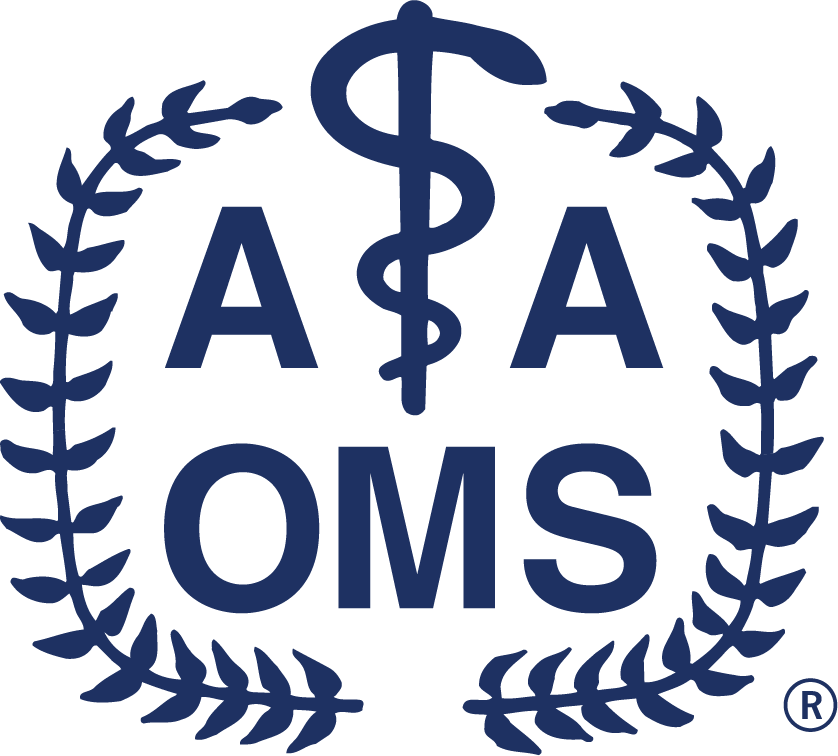

This member-only opportunity includes more than 150 clinical CE on Demand courses available for one year with 24/7 access for $449. Practice management and coding webinars and on-demand courses are not included. Register here.
Note: After registering for the subscription, you must close and reopen your browser to access. Included courses will be priced at $0. You must add them to your cart and continue through the checkout process.
Questions? Email CEonline@aaoms.org.
155 Results
-
This 60-minute webinar will cover Enhanced Recovery After Surgery (ERAS) protocols, including multimodal approaches to facilitate recovery in the preoperative, intraoperative and postoperative periods. Attendees will learn about the history of ERAS protocol developments in surgery, why ERAS pathways are utilized and ERAS’s goals. Evidence-based ERAS literature in feminine and masculine faces will be discussed, in addition to interventions that can be implemented in all steps of the surgical process to enhance recovery. Code: WCE250527R
-
You must log in to register
- Member - $50
- Resident Member - Free!
- Allied Staff Member - $50
- Professional Staff Nonmember - $100
- Other Nonmember - $100
- More Information
-
You must log in to register
-
This 60-minute webinar will focus on the role of orthognathic surgery in facial gender affirmation. Because orthognathic surgery at its core is based on gender norms, it can be considered a type of gender confirmation surgery for all patients. In transgender patients, the use of orthognathic surgery to sculpt more masculine or feminine facial features requires an understanding of specific surgical nuances and techniques. Attendees will learn about these orthognathic surgery techniques that enhance masculine and feminine facial features. Code: WCE250520R
-
You must log in to register
- Member - $50
- Resident Member - Free!
- Allied Staff Member - $50
- Professional Staff Nonmember - $100
- Other Nonmember - $100
- More Information
-
You must log in to register
-
Gone are the days of a one-size-fits-all approach to NPO recommendations prior to an office-based This complimentary 60-minute webinar – presented jointly by AAOMS and the Intersocietal Accreditation Commission – will discuss the increased use of cone-beam computed tomography (CBCT) in dentistry that has resulted in a higher incidence of unanticipated radiographic findings. While some of these findings are significant and require intervention, others can be safely monitored or simply recognized as anatomical variations. This webinar will provide a practical framework for OMSs to confidently evaluate, classify and manage incidental findings identified on CBCT scans. Through case-based examples, participants will learn to rapidly triage incidental findings to identify pathoses and differentiate them from anatomic variants. Attendees also will review clinical decision-making strategies to effectively document and manage incidental findings. Code: WCE250429R
-
You must log in to register
- Member - Free!
- Resident Member - Free!
- Allied Staff Member - Free!
- Professional Staff Nonmember - Free!
- Other Nonmember - Free!
- More Information
-
You must log in to register
-
Emergency drills are one of the best ways to prepare to manage any unexpected or unusual emergencies. This 60-minute webinar will provide practical tips on how to create and incorporate a routine for mock drills into the busy OMS practice. Additionally, the session will explain how to get staff on board to create a team environment for managing emergencies. Code: WCE250320R
-
You must log in to register
- Member - $50
- Resident Member - Free!
- Allied Staff Member - $50
- Professional Staff Nonmember - $100
- Other Nonmember - $100
- More Information
-
You must log in to register
-
Gone are the days of a one-size-fits-all approach to NPO recommendations prior to an office-based anesthetic. Recent advances in the literature indicate that prolonged fasting windows can have harmful effects on both adults and children. Additionally, the rise in use of GLP-1 receptor agonists for diabetes, weight loss or any number of forthcoming FDA-approved uses can result in delayed gastric emptying and increased residual gastric contents regardless of the length of the NPO window. This 60-minute webinar will cover NPO recommendations, medication management and anesthesia treatment planning with the intent to safely decrease the risk of regurgitation and aspiration during office-based anesthetic procedures. Code: WCE250313R
-
You must log in to register
- Member - $50
- Resident Member - Free!
- Allied Staff Member - $50
- Professional Staff Nonmember - $100
- Other Nonmember - $100
- More Information
-
You must log in to register
-
From the AAOMS podcast library, Dr. Deepak Krishnan discusses the recent JOMS article on anesthesia, “Do Patients With Mental Illness Undergoing Office-Based Sedation Require an Increased Propofol Dosage?”. The purpose of the study was to measure the association between mental illness and the propofol dosage necessary to achieve a satisfactory level of anesthesia. Code: ODPCE250218
-
You must log in to register
- Member - Free!
- Resident Member - Free!
- Allied Staff Member - Free!
- Professional Staff Nonmember - $50
- Other Nonmember - $50
- More Information
-
You must log in to register
-
The OMS Foundation Daniel M. Laskin Award recognizes authors of the most outstanding article published in the Journal of Oral and Maxillofacial Surgery during the previous year. The Journal Editorial Board selected “Is Recreational Marijuana Use Associated With Changes in the Vital Signs or Anesthetic Requirements During Intravenous Sedation?” Code: ODPCE250204
-
You must log in to register
- Member - Free!
- Resident Member - Free!
- Allied Staff Member - Free!
- Professional Staff Nonmember - $50
- Other Nonmember - $50
- More Information
-
You must log in to register
-
From the AAOMS podcast library, Drs. Gary Bouloux and Joli Chou discuss the 2024 position paper “The Contemporary Management of Temporomandibular Joint Intra-Articular Pain and Dysfunction”, which was developed by the AAOMS Special Committee on TM Joint Care (SCTMJC) and recently published in the Journal of Oral and Maxillofacial Surgery (JOMS). Code: ODPCE250103
-
You must log in to register
- Member - Free!
- Resident Member - Free!
- Allied Staff Member - Free!
- Professional Staff Nonmember - $50
- Other Nonmember - $50
- More Information
-
You must log in to register
-
The successful management of impacted teeth requires multidisciplinary coordination and communication between orthodontists, oral and maxillofacial surgeons and periodontists. This 60-minute webinar will explore the latest methods and innovations in adhesive materials, imaging, precision bracket placement and treatment of impacted teeth. Emphasis will be given to the multidisciplinary aspect of the treatment as a key factor in enhancing precision, efficiency and patient comfort. Code: WCE241107R
-
You must log in to register
- Member - $50
- Resident Member - Free!
- Allied Staff Member - $50
- Professional Staff Nonmember - $100
- Other Nonmember - $100
- More Information
-
You must log in to register
-
This micro-CE session will focus on the current status of the effect on a precision-fabricated interface to decrease peri-implant disease; updates on the use of photogrammetry to efficiently fabricate a full-arch provisional without an intraoperative pickup as well as combination therapy for augmenting bone defects; and a refined approach for treating bone defects in the esthetic zone. Code: ODMCE2402
-
You must log in to register
- Member - $25
- Resident Member - Free!
- Allied Staff Member - $25
- Professional Staff Nonmember - $50
- Other Nonmember - $50
- More Information
-
You must log in to register
| Access Date | Quiz Result | Score | Actions |
|---|
Featured Courses
Check out the new featured courses!
Special CE Online Discounts
Enjoy new CE Online offerings by visiting our Special CE Online Discounts page!
Medication Access and Training Expansion (MATE) Act
Visit CEonline.AAOMS.org/MATEAct for a list of AAOMS’s current CE online offerings that appear to count toward the eight hours required by the MATE Act. For a limited time, these courses are offered complimentary to AAOMS Members.


